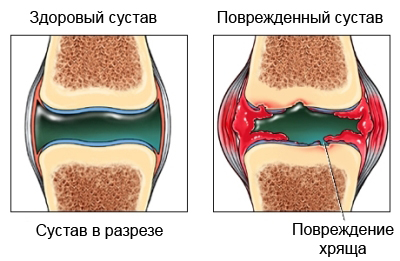Caisson disease – Decompression sickness – Barotravma
Description of decompression sickness
Decompression sickness occurs, when the body is exposed to a sudden decrease in ambient pressure. Caisson disease occurs most often during deep dives sea or when flying in a plane depressurized.
Causes of decompression sickness
Caisson disease is caused by the formation of gas bubbles in the blood and tissues of the body. At normal pressure,, nitrogen and other gases are exhaled or dissolved in the blood and tissues. Nonetheless, during sudden changes of depth, height and pressure, air, nitrogen, and other dissolved gases turn into bubbles. These bubbles block blood flow. If the victim does not provide timely assistance, death can occur.
Risk factors for decompression sickness
The only risk factor for decompression sickness – a sudden drop in pressure. It occurs as a result of:
- Too fast rising to the surface after a deep dive. The risk increases with depth;
- The rapid rise in the higher altitude low;
- The sudden change in pressure;
- The long duration of the dive;
- Multiple dipping in one day;
- Flying in an airplane after diving;
- Diving in cold water;
- Fatigue;
- Voltage;
- Dehydration;
- Obesity.
Symptoms of decompression sickness
A less severe type called decompression sickness 1 type. It is characterized by inflammation of the muscles, joints, and tendons, ending pain and swelling. Although pain may occur anywhere in the body, It is most common in or around joints of the hands or feet. The pain can be amplified after a long time. Also, there are itching, patchy skin, weakness, and fatigue.
Severe symptoms cause decompression sickness 2 type. It ends with more serious systemic effects, including neurological symptoms, such as numbness and tingling. In the most severe form of numbness may lead to paralysis and even death. Other symptoms of decompression sickness include:
- Stomach ache;
- Lower back pain;
- Headache;
- Dizziness;
- Confusion;
- Visual impairment;
- Dizziness;
- Chest pain and severe coughing (rarely);
- Shock.
In situations, when a person dives professionally and has some resistance to the increased pressure, moderate, chronic case of decompression sickness type 1 It can occur without symptoms. Over time, this can result in deterioration of affected joints and bones.

Diagnosing decompression sickness
If you suspect decompression sickness (based on the presence of classic symptoms and diving), Treatment must begin immediately, without any delay in order to verify or test. Blood tests and other diagnostic tests are not usually carried.
Treatment of decompression sickness
If you have decompression sickness should start treatment as soon as possible. The delay can lead to serious consequences or even death.
If you have decompression sickness type 1, sufficient for treatment may be breathing 100% of oxygen masks. You also need to be closely monitored to identify any other symptoms.
The treatment for decompression sickness type 2 It is oxygen therapy in a hyperbaric chamber. This device works, gradually increasing, and then reducing the pressure, which causes the gas bubbles to dissolve. Oxygen should be administered through an oxygen mask during transport to a hyperbaric chamber.
Treatment should be made:, even if initial symptoms are mild, either disappeared. Proper treatment cures all the symptoms of decompression sickness.
Prevention of decompression sickness
Decompression sickness may be prevented by:
- Limit the depth and duration of deep dives;
- You should avoid immersing prinalichii obesity, pregnancy, problems with the heart or lungs, or if there is a recent joint or limb injury;
- You should avoid excessive alcohol consumption during 24 hours before diving;
- It is necessary to avoid flying over the 24 hours after deep sea diving;
- You should avoid repetitive dives within a 12-hour period.
